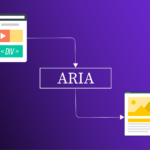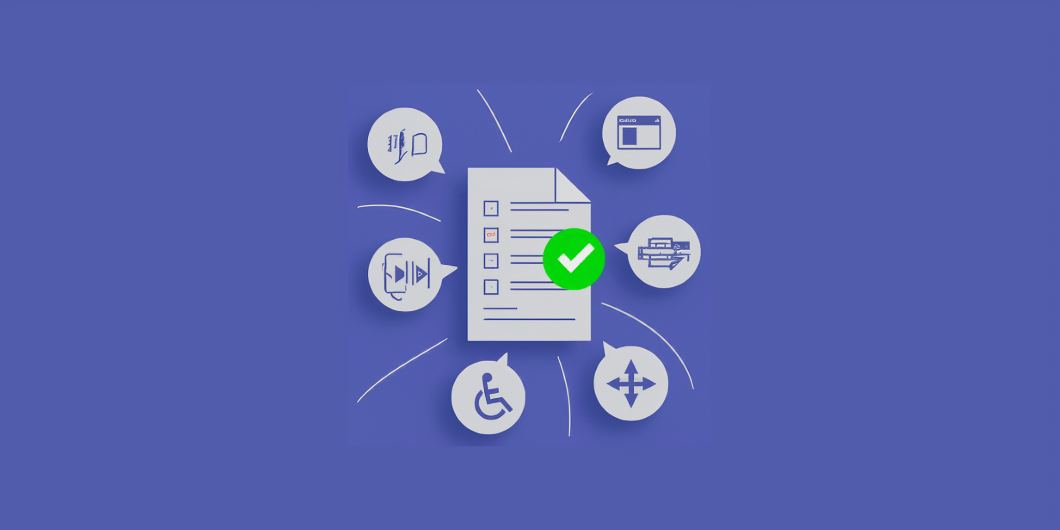Imagine a world where every book, article, and piece of knowledge is easily accessible to everyone, regardless of their abilities. Thanks to accessible EPUBs, this vision is becoming a reality, opening doors to information for millions of people around the globe.
The Digital Revolution: Information for All, Not Just Some
The transition from print to digital content has revolutionized the way we access and consume information. From e-books and audiobooks to online articles and research databases, digital formats are now the primary means of knowledge dissemination. However, as we embrace this shift, ensuring that digital content is accessible to all, including those with visual, auditory, motor, or cognitive disabilities, remains a critical challenge.
The World Health Organization estimates that over 1 billion people globally live with some form of disability. Without thoughtful accessibility measures in place, a significant portion of the population risks being excluded from the digital information revolution.
EPUB: The Format That Levels the Playing Field
EPUB (Electronic Publication) has become the gold standard for digital publications. But what makes an EPUB truly accessible? Let’s dive into the magic behind this format:
1. Navigation Made Easy: The Power of Structure
Imagine trying to find a specific chapter in a book without a table of contents. Frustrating, right? Now imagine doing that if you couldn’t see the pages. Accessible EPUBs solve this problem with:
– Semantic Tags: Think of these as signposts in your digital book. They guide readers (and their assistive technologies) through the content, making navigation a breeze. EPUBs use tags like <h1> to <h6> for headings, <nav> for navigation elements, and <section> for content grouping. This structure not only aids screen readers but also allows for dynamic table of contents generation, enabling users to jump directly to sections of interest.
– ARIA Landmarks: These are like the “You Are Here” markers on a map. EPUB3 supports ARIA landmarks such as role=”doc-abstract” or role=”doc-endnotes”, providing context-aware navigation. Users can skip to specific parts of the document like the preface, glossary, or index with ease.
2. Customization: Reading Your Way
One size doesn’t fit all, especially when it comes to reading. Accessible EPUBs offer:
– Flexible Fonts: Readers can adjust text size without losing formatting, thanks to reflowable content. This is a game-changer for those with visual impairments or reading difficulties, allowing them to set text to a comfortable size without distortion.
– Color Control: EPUBs can be styled to support high contrast modes and color blindness adjustments directly within the EPUB viewer. These color and contrast settings ensure readability for users with various visual needs.
3. Beyond Text: Making Multimedia Accessible
In our multimedia world, accessibility goes beyond just text:
– Text-to-Speech: EPUBs can include SMIL (Synchronized Multimedia Integration Language) files for synchronized text and audio. This creates a seamless experience for those who prefer or need auditory input, providing a fluid reading experience for visually impaired users or those who prefer auditory learning.
– Image Descriptions: Every picture tells a story, and with alternative text, that story is available to everyone. EPUBs require alt attributes for images, which are read out by screen readers, making visual content accessible to those who cannot see images.
4. Legal Landscape: More Than Just Good Intentions
Accessibility isn’t just nice to have; it’s often the law:
– Global Standards: From the ADA to the EAA, accessible EPUBs help publishers meet legal requirements worldwide. Compliance with EPUB Accessibility guidelines ensures that EPUBs meet international accessibility standards, aligning with laws like the ADA, Section 508, and the EAA. These standards demand that digital content be perceivable, operable, understandable, and robust.
5. Universal Design: Better for Everyone
Here’s a secret: features that make EPUBs accessible often improve the experience for all readers:
– Easy Navigation: A well-structured EPUB with proper markup allows for quick navigation. This is beneficial for all readers, especially in educational or research contexts where finding specific information quickly is crucial. Who doesn’t love being able to jump straight to the chapter they need?
– Device Flexibility: The reflowable nature of EPUBs means content adapts to any screen size or device, from smartphones to large screens. This device-agnostic approach ensures a consistent experience across platforms, a win for everyone in our multi-device world.
The Future is Accessible: Embracing the EPUB Revolution
As we stand on the brink of a fully digital future, the power of accessible EPUBs becomes increasingly evident. They are more than just compliant documents; they are keys unlocking knowledge for everyone, regardless of ability.
However, the journey to full accessibility can seem daunting. This is where innovative solutions like Documenta11y come into play. Designed to make EPUB accessibility easy, efficient, and accurate, Documenta11y is revolutionizing how we approach digital content accessibility.
Documenta11y: Your Partner in Accessibility
Whether you’re a publisher, educator, or content creator, Documenta11y offers a suite of services to streamline your accessibility efforts:
- On-Demand Accessibility: Upload your EPUB files 24/7 and let Documenta11y’s AI-driven platform, backed by human expertise, work its magic.
- Unparalleled Accuracy: With 99.9% accuracy, you can trust that your publications meet the highest accessibility standards.
- Comprehensive Compliance: From WCAG to Section 508 and EAA, Documenta11y ensures your EPUBs meet all relevant legal and technical requirements.
- Scalable Solutions: Whether you’re dealing with a single document or a vast library, Documenta11y adapts to your needs.
- Retrofit with Ease: Already have EPUBs in circulation? Documenta11y offers efficient solutions to bring your existing content up to accessibility standards.
By leveraging on demand platforms like Documenta11y, we can accelerate the transition to a more inclusive digital world. It’s not just about compliance; it’s about opening doors, enlightening minds, and changing lives through accessible information. Let’s work together to ensure that every reader, regardless of ability, can enjoy the rich, diverse world of digital content. The future of reading is accessible, and that future starts with you.

 5 Key Things to Look for When Choosing a PDF Accessibility Partner
5 Key Things to Look for When Choosing a PDF Accessibility Partner How Semantic Structure and Regions Improve Digital Accessibility
How Semantic Structure and Regions Improve Digital Accessibility Less ARIA, More Accessibility: Documenta11y's Guide to Cleaner Web Content
Less ARIA, More Accessibility: Documenta11y's Guide to Cleaner Web Content

